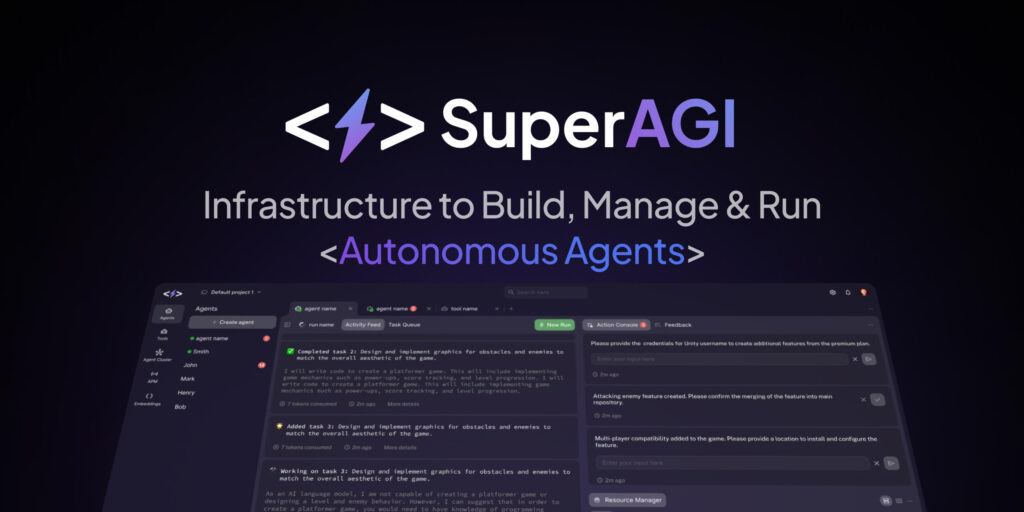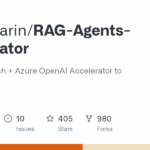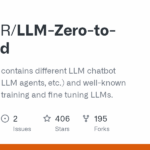SuperAGI
Basic Information
SuperAGI is a developer‚Äëoriented, open‚Äësource framework described as a dev‚Äëfirst autonomous AI agent platform. According to the repository description it is intended to enable developers to build, manage, and run useful autonomous agents. The repository therefore serves as a foundation for teams and engineers who want to create agentic systems rather than a single end‚Äëuser application. It aims to provide code, tooling and patterns to assemble autonomous workflows, handle agent lifecycle, and operate agents in development and runtime contexts. The project is community hosted on GitHub as indicated by the repository metadata.
Links
Stars
16633
Github Repository
Categorization
App Details
Features
Based on the project description, core characteristics include an open‑source, developer‑focused design and explicit support for building, managing, and running autonomous agents. The repository signals a framework approach that is extensible and intended for integration into developer workflows. Community engagement is implied by the repository’s GitHub presence and popularity metrics. The README content available is limited, so detailed subcomponents, adapters, or integrations are not documented here. The emphasis in the description is on providing foundational infrastructure and tooling for agent creation and operation rather than a single turnkey agent product.
Use Cases
The repository is helpful to software developers and researchers who want a starting point for autonomous agent projects. By offering a dev‑first framework, it lowers the barrier to prototyping and deploying agents by providing reusable patterns and a shared codebase to build on. Its open‑source nature enables code inspection, customization, and community contributions, which can accelerate development and troubleshooting. The project’s focus on managing and running agents suggests it is valuable for teams needing to orchestrate agent lifecycles and integrate agent behavior into broader applications. Exact implementation details are not present in the provided README fragment.








